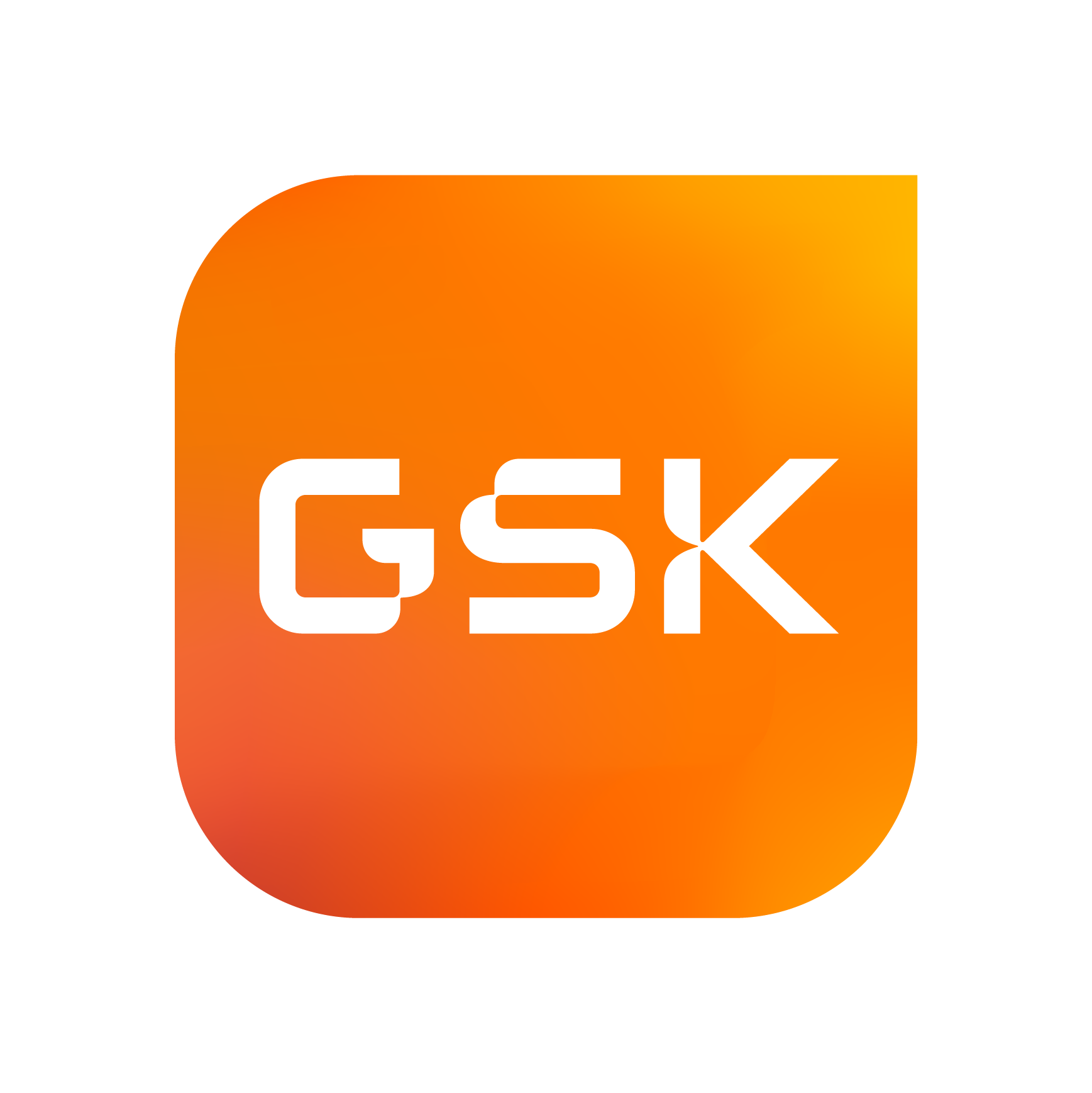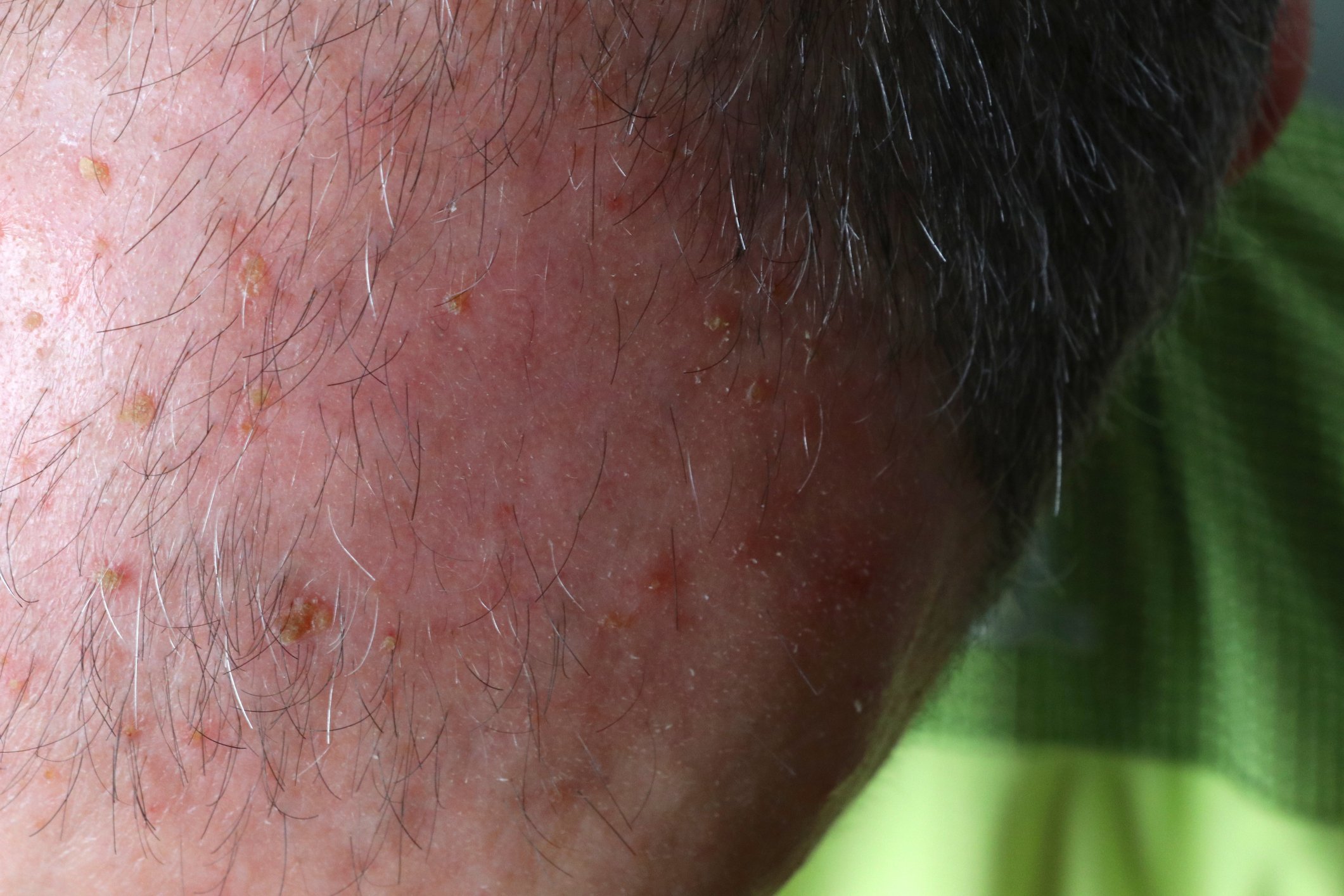Ovarian cancer is still the most lethal gynecologic tumor and, especially in advanced stages, the risk of progression remains high even with optimal therapy [1, 2]. Thus, effective treatments that reduce the risk of progression or death after first-line chemotherapy are needed [1]. For patients with homologous recombination deficiency (HRD), a new option became available in April 2021 [3].
The randomized, double-blind phase III PRIMA trial demonstrated the efficacy of maintenance therapy with niraparib (Zejula) in patients with newly diagnosed advanced ovarian cancer. The patients had prior response to platinum-based chemotherapy and were at high risk of progression. Approximately half of the 733 patients included had HRD, of whom approximately 60% had a BRCA mutation and 40% did not [1]. In Switzerland, niraparib is approved in patients with BRCA mutation or other HRD [3].
Vedopplication of median PFS in patients with HRD [1].
After a median follow-up of 13.8 months, median progression-free survival (PFS) was more than twice as long with niraparib as with placebo in patients with HRD (21.9 versus 10.4 months, Figure). This corresponds to a 57% reduction in the risk of progression or death (HR: 0.43; 95% CI: 0.31-0.59; P<0.001) [1]. The PFS benefit of niraparib was observed regardless of BRCA status. Thus, in a prespecified exploratory analysis, a substantial risk reduction was observed in both HRD-positive patients with (HR: 0.40; 95% CI: 0.265-0.618; P<0.0001) and without BRCA mutation (HR: 0.50; 95% CI: 0.305-0.831; P=0.0064) [4].

Figure: Median progression-free survival with niraparib versus placebo in patients with HRD in the randomized, double-blind phase III PRIMA trial (adapted from [1]). Censored persons are shown as circles.
Established Tolerance profile [3, 4]
The most common adverse events (≥30%) with niraparib in the PRIMA trial were anemia, nausea, thrombocytopenia, constipation, and fatigue. Anemia, thrombocytopenia, and neutropenia were observed as the most common serious adverse events (grade ≥3) [1]. Adverse effects could be managed by treatment interruptions or dose reductions, and only 12% of patients in the overall population discontinued treatment due to adverse effects [1]. Overall quality of life was maintained with niraparib [1].
Conclusion
With the April 2021 indication expansion, niraparib provides first-line maintenance therapy for advanced ovarian cancer that can be used in all patients with HRD regardless of BRCA status [3]. As shown by data from the PRIMA trial, niraparib significantly reduces the risk of progression or death compared to placebo while maintaining quality of life [1]. With its once-daily oral administration independent of meals, PARP inhibitor is a patient-friendly option that has a manageable tolerability profile [1, 3].
|
Individualized starting dosage [3] Niraparib was also approved in the first line with an individualized starting dose:
This can reduce side effects that occur while maintaining the efficacy of the therapy [3, 5].
|
Zejula is indicated as maintenance therapy in patients with advanced (FIGO stage III to IV) high-grade serous ovarian, tubal, or peritoneal carcinoma at high risk of recurrence and a BRCA mutation or other homologous recombination deficiency (HRD) with genomic instability in the presence of complete or partial remission after first-line platinum-based chemotherapy. In addition, Zejula is indicated for the maintenance treatment of adult patients with platinum-sensitive recurrent primary epithelial serous high-grade (highly dedifferentiated) ovarian, tubal, or peritoneal carcinoma. The patient must have had a complete or partial response to platinum-based chemotherapy [3].
Responsible for content and financed by GlaxoSmithKline AG, Talstr. 3-5, 3053 Münchenbuchsee.
Trademarks are property of their respective owners. © 2021 GSK group of companies or its licensor.
Short subject information Zejula
PM-CH-NRP-ADVR-210023-04/2021
Literature
- González-Martín, A., et al, Niraparib in Patients with Newly Diagnosed Advanced Ovarian Cancer. N Engl J Med, 2019. 381(25): p. 2391-2402.
- Lorusso, D., et al, The role of secondary surgery in recurrent ovarian cancer. Int J Surg Oncol, 2012. 2012: p. 613980.
- Product Information Zejula (niraparib). www.swissmedicinfo.ch. Last access: 01.04.2021.
- Monk, B.J. and A.G. Martin, Efficacy of niraparib therapy in patients with newly diagnosed advanced ovarian cancer by BRCA and homologous recombination status: PRIMA/ENGOT-OV26/GOG-3012 study. Gynecologic Oncology, 2020. 159: p. 18.
- Mirza, M.R., et al, Evaluation of an individualized starting-dose of niraparib in the PRIMA/ENGOT-OV26/GOG-3012 study. Journal of Clinical Oncology, 2020. 38(15_suppl): p. 6050-6050.













